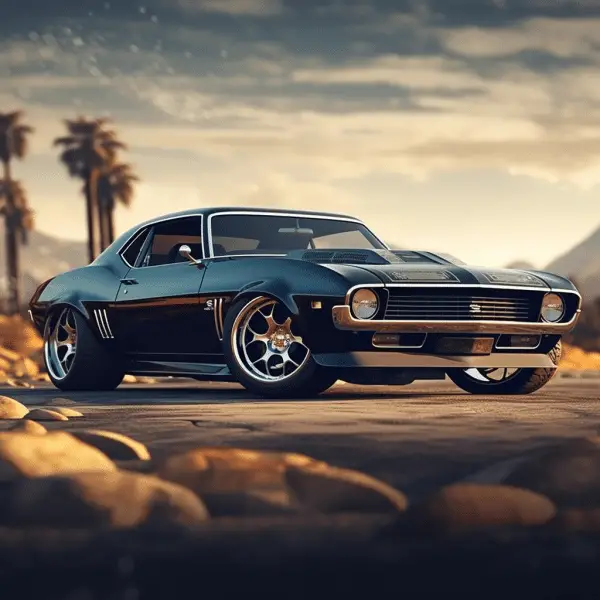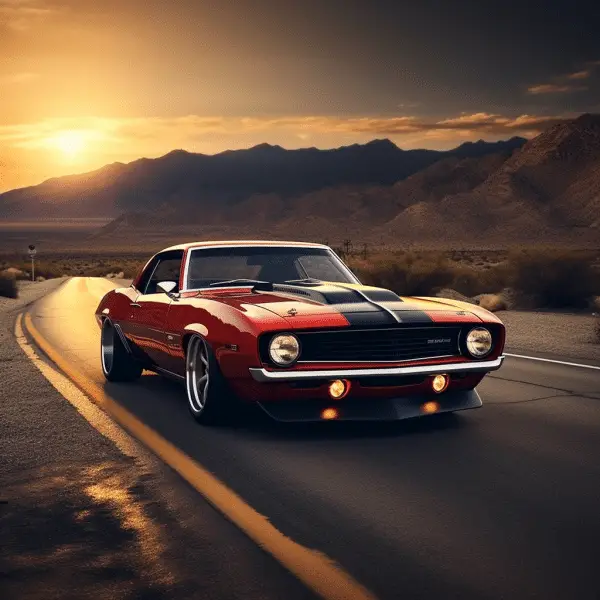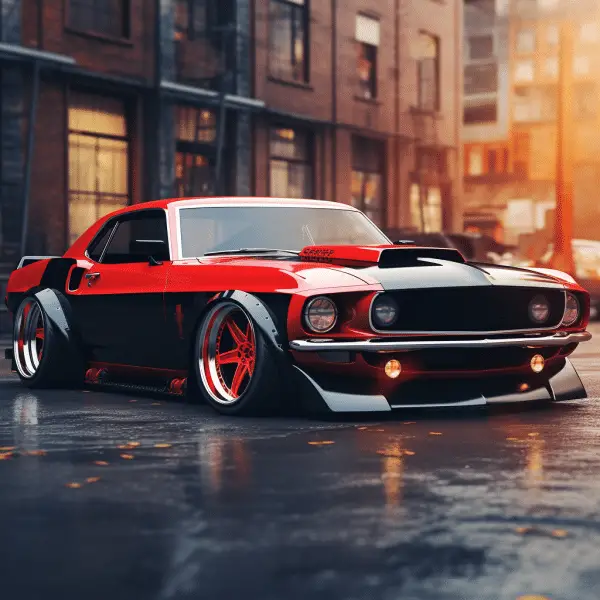
Unleashing 90s Muscle Cars: Power, Performance, and Legacy

Introduction to Muscle Cars in the 90s
Muscle cars in the 90s brought a wave of excitement and power to roads. Famous for their high-performance engines and aggressive looks, they caught the eye of car lovers and everyday drivers. Sleek designs and powerful engines made for an unforgettable sight wherever they went.
The Ford Mustang, Chevy Camaro, and Dodge Challenger were some of the icons of this era. They kept their classic style while incorporating modern tech. Everything was tweaked to provide an unbeatable driving experience. From superior suspension to fuel injection, no detail was overlooked.
Muscle cars in the 90s stood apart with striking designs. Sharp lines, muscular shapes, and wild paint jobs made them stand out. The interiors were just as impressive, with sporty accents, comfortable seating, and top-notch entertainment systems.
The 90s saw a huge surge in interest in these powerful machines. Manufacturers pushed boundaries and created innovations that increased performance. From drag racing to street showdowns, car fanatics were thrilled to own a piece of automotive history.
Popular Muscle Car Brands in the 90s
The 90s saw immense popularity among car enthusiasts for muscle cars. Chevrolet, Ford, and Dodge took the lead, releasing some of their best models. Let’s take a closer look at the key features and specifications of these popular brands in a table:
| Brand | Model | Horsepower | Top Speed |
|---|---|---|---|
| Chevrolet | Camaro Z28 | 275 hp | 156 mph |
| Ford | Mustang GT | 215 hp | 130 mph |
| Dodge | Viper RT/10 | 400 hp | 164 mph |
The Chevrolet Camaro Z28 stood out with 275 horsepower and a top speed of 156 mph. Ford’s Mustang GT had 215 horsepower and a sleek design. The Dodge Viper RT/10 with an astonishing 400 horsepower and a top speed of 164 mph captured the imagination of many.
These muscle cars not only had superior performance but also became symbols of American automotive culture. Design versatility is another suggestion. Muscle cars were known for their power, but they could be made appealing to a broader customer base by having different body styles and catering to different lifestyles. Car enthusiasts eagerly awaited each new release, hoping to drive one themselves.
If you’re a muscle car enthusiast or admire their timeless appeal, explore the history and legacy of these popular brands from the 90s. Discover how they reshaped the automotive industry and left an indelible mark on car lovers worldwide. Relive the thrill of driving these vehicles by learning about their heritage and performance records. Experience why these muscle cars still captivate hearts today.
Engine Performance and Features of Muscle Cars in the 90s
Behold the engine performance and features of 90s muscle cars!
Ford Mustang GT offered 215 HP, with a top speed of 140 mph and acceleration of 6.9 seconds.
Chevrolet Camaro Z28 had 275 HP, 160 mph top speed, and accelerated from 0-60 mph in 6.4 seconds.
Dodge Viper RT/10 boasted a whopping 400 HP and 165 mph top speed, and could reach 0-60 mph in an impressive 4.5 seconds.
Pontiac Firebird Trans Am had 305 HP, a 155 mph top speed, and a 0-60 mph acceleration of 5.7 seconds.
These automobiles were popular because they possessed V8 engines, fuel injection, and better handling than other cars. Bumpers and ground effects kits made the outside look slick. The Dodge Viper RT/10 could perform well and looked unusual.
Car and Driver magazine tested the Dodge Viper RT/10 and found it reached a top speed of 165 mph. This made it one of the fastest American cars of its time.
So, get ready to rev your engines and feel the thrilling rush of these iconic machines!
Design versatility is another suggestion. Muscle cars were known for their power, but they could be made appealing to a broader customer base by having different body styles and catering to different lifestyles.
Iconic Muscle Car Models of the 90s
The ’90s saw the rise of unforgettable muscle car models, combining power, style, and performance in an unforgettable way. Let’s take a look at six of the most iconic:
- Ford Mustang SVT Cobra – Aggressive design and V8 engine made it a leader on the roads. It showed Ford’s commitment to high-performance vehicles and set new standards for the era.
- Chevrolet Camaro Z28 – Muscular looks and speed made it a hit among car lovers. Its powerful V8 engine provided thrilling acceleration and its design caught the eye.
- Dodge Viper GTS – Pure power and aggression! Its aerodynamic profile and V10 engine made it one of the most exciting cars to drive in the 90s.
- Pontiac Firebird Trans Am – Timeless design and performance made it an icon in American automotive history. Powerful engines and unique styling were a hit with muscle car fans.
- Chevrolet Corvette C5 – Advanced technologies and lightweight materials made it a star on road and track. Its sleek design and extraordinary performance capabilities pushed boundaries.
- Plymouth Prowler – Retro-inspired styling made it stand out from the crowd. Though not as powerful as others, its design caught attention. People who wanted excitement while driving loved them.
These muscle cars of the 90s epitomized power, style, and performance. Their lasting popularity among car lovers speaks to their impact on automotive history. By honoring their past and adding modern upgrades, these iconic cars can continue to captivate and thrill for years to come.
Impact and Legacy of Muscle Cars in the 90s
The 90s muscle car impact and legacy can’t be ignored! These vehicles had a lasting effect on car-lovers.
They were symbols of freedom and individuality, with their loud motors and bold designs. People who wanted excitement while driving loved them.
Innovative technology was also a ’90s muscle car thing. Car makers included features to boost performance and safety. Suspension systems and engines were made better.
To make the impact and legacy even greater, fuel efficiency could be improved. Eco-friendly options were important in this era. Investing in hybrid tech or alternative fuels would make them more eco-friendly.
Design versatility is another suggestion. Muscle cars were known for their power, but they could be made appealing to a broader customer base by having different body styles and catering to different lifestyles. Innovative technology was also a ’90s muscle car thing.
